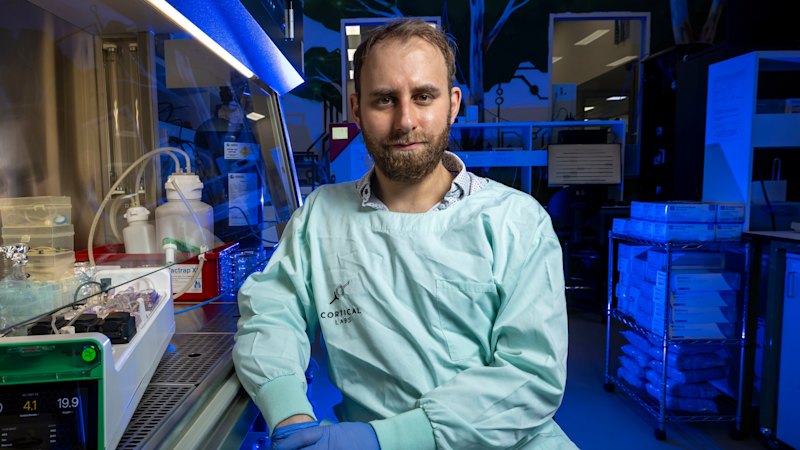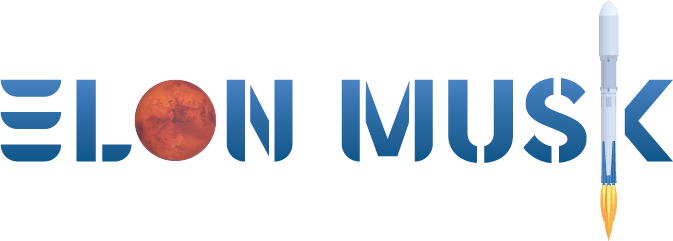
Artificial brain, real human brain cells: the weird, possible future of computing
- by Brisbane Times
- Sep 30, 2025
- 0 Comments
- 0 Likes Flag 0 Of 5

September 30, 2025 — 7.00pm
Save Wayne Taylor
The CL1 holds the glass box of neurons, which were donated by volunteers (including Chong) – cultured as stem cells and then differentiated into neurons. Pumps deliver oxygen and filter out waste.
Neurons are genetically programmed to make connections, and they do, sending spindly axons (nerve fibres) out to each other. Cortical’s researchers “talk” to the cells by sending electrical pulses; the neurons send them back.
Advertisement
A researcher pulls up a real-time feed from the neurons. Spikes of electrical activity fill the screen. “These are very talkative,” says Kagan, Cortical’s chief scientific officer, watching his creation.
A couple of CL1 units have been sold to a cryptocurrency company. Other customers want to teach the neurons to control robots. Some people want to try to make music or art with the neurons. Some undergraduates have been trying to get the brains to play the video game Doom.
Loading
Cortical has built a software layer allowing developers to write Python code directly to the neurons. “If we could figure out their programming language, we could use them in a way that isn’t physiological but could be really powerful,” says Kagan. “How do you take the material of biology and use it for computation?”
This is where the handwriting training comes in. The team are feeding in picture after picture of handwritten 7s and 8s, trying to get the neurons to tell them apart. “They are pretty good at that,” says Kagan. If the networks can learn to understand even basic language, you could prompt them with much more sophisticated data, such as questions, rather than just electrical impulses.
The CL1s hold the neural matrix and a life-support system.
Credit:
Please first to comment
Related Post
Stay Connected
Tweets by elonmuskTo get the latest tweets please make sure you are logged in on X on this browser.






 Energy
Energy


















